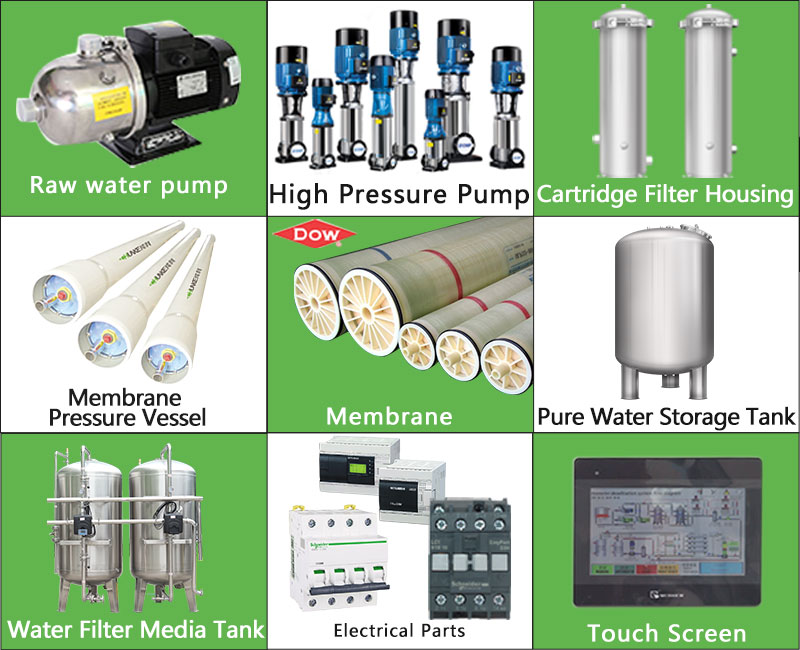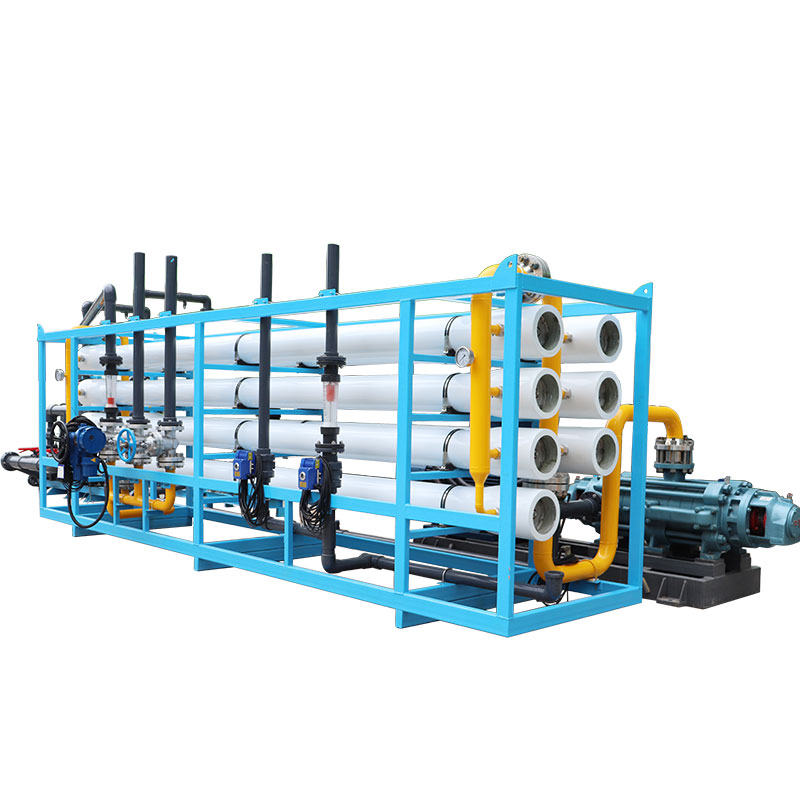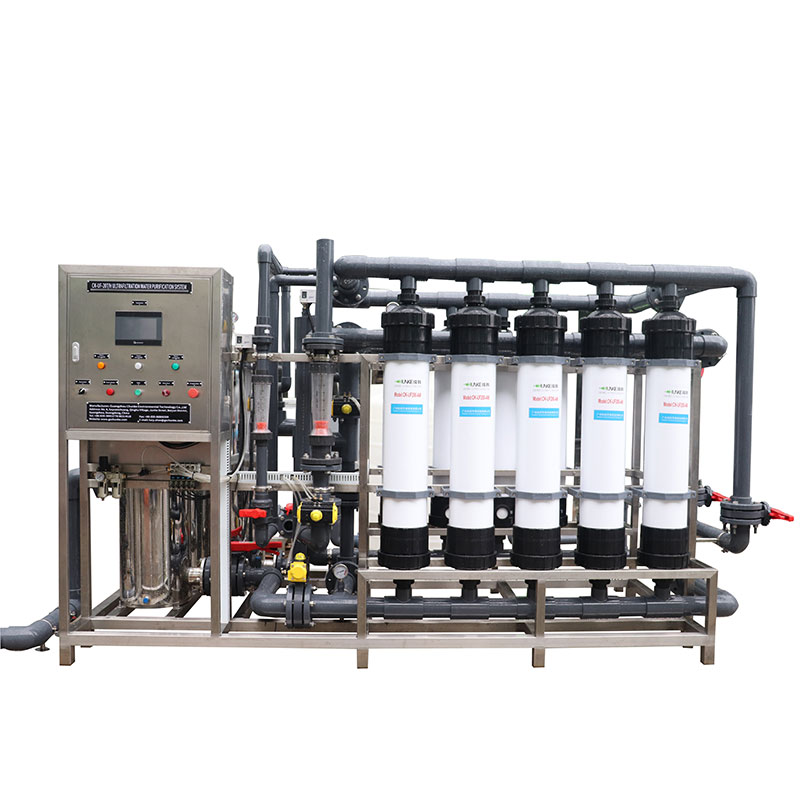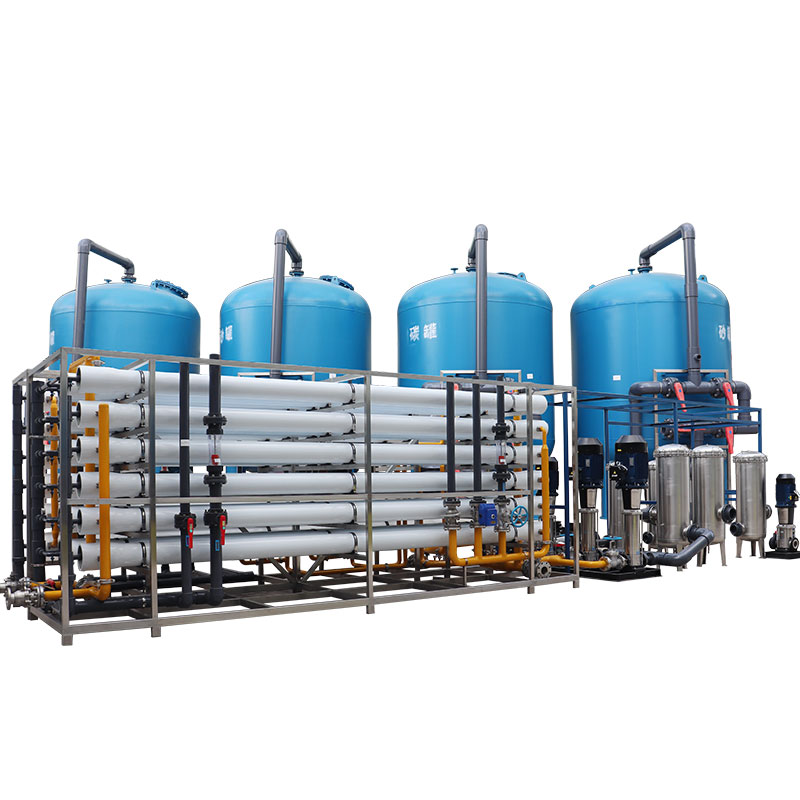What is the cheapest and most effective water treatment method?
Water treatment is a core link to ensure the safety and health of people's drinking water worldwide. However, among the many water treatment methods, both cost-effectiveness and water safety and purification effect must be considered. People often ask: "What is the cheapest water treatment method? What is the most effective water treatment method?"
This article will explore these questions and analyze different water treatment methods in depth to help readers understand how to strike a balance between economy and effect.

What is the cheapest water treatment method?
1. Boiling
Boiling is one of the oldest and simplest water treatment methods. It kills bacteria, viruses and other microorganisms in the water by heating water to boiling, making the water safe to drink. This method requires almost no additional equipment, only a heat source and a container.
Advantages of boiling:
● Low cost: Only fuel or electricity is required, especially in places where fuel costs are low, such as rural areas using firewood or cheap fuel, the cost of boiling water is almost negligible.
● Easy to operate: There is no complicated operation process, and anyone can perform it easily.
Boiling Disadvantages:
● Does not remove chemical pollutants: Although boiling water can kill microorganisms, it is ineffective against chemical pollutants such as heavy metals, pesticides and other harmful compounds.
● Time-consuming: Boiling water takes time, especially when it is treated on a large scale, and this method is not efficient.
● High energy consumption: Although boiling itself is cheap, frequent boiling of water may increase energy costs for areas that rely on electricity or gas.
2. Solar Disinfection (SODIS)
Solar disinfection is a simple water treatment method that uses ultraviolet rays from the sun and is suitable for areas with limited resources. Fill a transparent plastic bottle with water and place it in the sun for several hours. The combined effect of ultraviolet rays and heat can kill microorganisms in the water.
Solar Disinfection (SODIS) Advantages:
● Almost no cost: This method only requires a transparent plastic bottle and sunlight, with no additional costs, and is particularly suitable for developing countries and rural areas.
● Environmentally friendly: No fuel or electricity is required, making it a very environmentally friendly water treatment method.
Solar Disinfection (SODIS) Disadvantages:
● Long time: Solar disinfection takes several hours to be effective, is less efficient, and depends on weather conditions.
● Does not remove chemical pollutants: Similar to boiling, solar disinfection cannot remove chemical pollutants in water.
● High water quality requirements: This method has requirements for the turbidity of water. Turbid water needs to be precipitated or filtered first, otherwise the disinfection effect will be greatly reduced.
3. Sedimentation and filtration
Remove suspended matter and some microorganisms in water through simple sedimentation and coarse filtration. This method usually combines natural materials such as sand, gravel and cloth.
Advantages of sedimentation and filtration:
● Low cost: Sedimentation and coarse filtration require almost no high-cost equipment and can use existing materials and resources.
● Easy to operate: Simple filtration systems can be made at home or in small communities and are easy to maintain.
Disadvantages of sedimentation and filtration:
● Limited purification effect: This method can only remove larger particles and some microorganisms, and cannot handle dissolved chemical pollutants and all pathogens.
● Depends on the quality of the water source: For severely polluted water sources, sedimentation and coarse filtration are not ideal and need to be combined with other methods for further treatment.

What is the most effective water treatment method?
1. Reverse Osmosis (RO)
Reverse osmosis is a highly efficient water treatment technology that can remove almost all contaminants in water, including microorganisms, dissolved salts, heavy metals, organic compounds and chemical pollutants. The method uses high pressure to force water through a semi-permeable membrane, blocking most contaminants.
Advantages of Reverse Osmosis (RO):
● High purification: Reverse osmosis systems can remove up to 99% of dissolved solids and pollutants, making them one of the most effective water treatment technologies currently available.
● Widely applicable: Applicable to a variety of water sources, including seawater, groundwater and heavily polluted surface water.
Disadvantages of Reverse Osmosis (RO):
● High cost: The purchase, installation and operation costs of reverse osmosis equipment are high, and regular filter element replacement and maintenance are required.
● Energy consumption: The reverse osmosis process requires high pressure, so the energy consumption is high and it is not suitable for energy-scarce areas.
● Large amount of wastewater: Reverse osmosis systems usually produce more wastewater, especially when treating poor water quality, which may lead to waste of water resources.
2. Ultraviolet (UV) disinfection
Ultraviolet disinfection is a water treatment method that uses high-intensity ultraviolet light generated by ultraviolet lamps to kill microorganisms in water, including bacteria, viruses and parasites. This method is very suitable for removing microbial contamination, but it is ineffective against chemical pollutants.
Advantages of ultraviolet (UV) disinfection:
● Highly efficient sterilization: UV disinfection can kill almost all pathogens in a short period of time, and the effect is very significant.
● No chemical additives: UV disinfection does not require the addition of any chemicals, does not change the taste of water or produce by-products.
● Simple operation: UV systems are generally simple to install and maintain, suitable for home and small community use.
Disadvantages of ultraviolet (UV) disinfection:
● Does not remove chemical pollutants: UV disinfection is only effective against microorganisms, and cannot remove heavy metals, salts and organic compounds in water.
● Dependence on electricity: UV lamps require electricity to drive, which may not be suitable for areas with unstable power supply.

3. Ozone disinfection
Ozone is a strong oxidant that can kill microorganisms in water and decompose organic pollutants. Ozone disinfection systems kill microorganisms by injecting ozone into water, quickly destroying cell walls and components within cells.
Advantages of ozone disinfection:
● Broad-spectrum disinfection: Ozone can not only kill bacteria, viruses and parasites, but also oxidize and remove organic matter.
● No residue: Ozone will quickly decompose into oxygen during the disinfection process, leaving no harmful substances in the water.
Disadvantages of ozone disinfection:
● High equipment cost: Ozone generation equipment is relatively expensive and has high operating costs.
● High operating requirements: Ozone is a highly reactive gas. Improper operation may pose risks to health and the environment, so professional technicians are required to operate and maintain it.

Balance between economy and effect
From the above analysis, it can be seen that the cheapest water treatment methods are boiling, solar disinfection (SODIS), sedimentation and filtration. The most effective water treatment methods are reverse osmosis, ultraviolet (UV) disinfection and ozone disinfection. However, the cheapest water treatment methods usually have certain limitations, while the most effective methods are often accompanied by higher costs and complex operating requirements. When choosing a water treatment method, you need to weigh it according to the specific situation. For resource-poor areas, simple boiling and solar disinfection may be realistic options, while for severe pollution or high water quality requirements, reverse osmosis, ultraviolet disinfection or ozone treatment are more appropriate.
In short, the choice of water treatment method should not only consider its initial cost, but also its long-term operation and maintenance costs, water quality improvement effect, and impact on user health and the environment. By rationally selecting and combining multiple methods, the best balance between economy and efficiency can be achieved while ensuring water quality safety.




